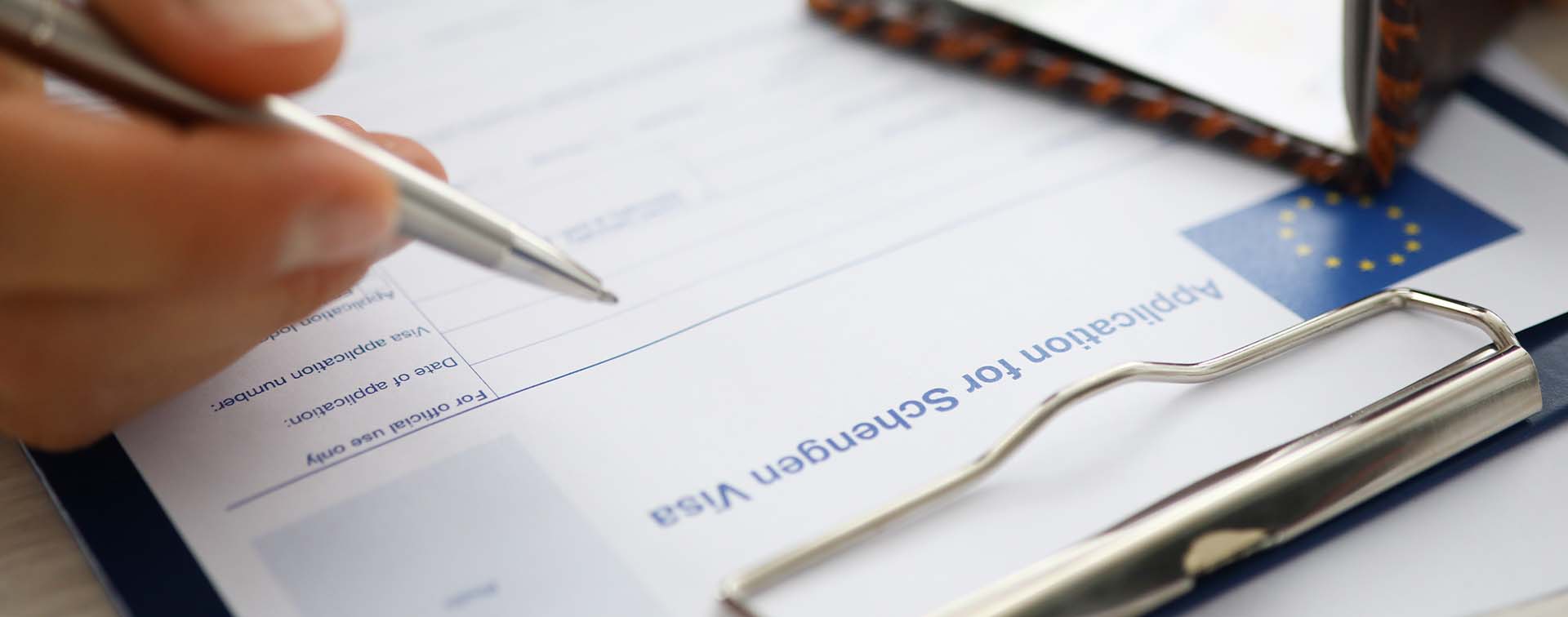
Alix Sharkey is an Anglo-American journalist and author whose byline is recognized internationally and whose work has been syndicated globally, cited in sociological studies, and republished in anthologies.
Planning a European business trip or considering a European vacation next year? Not a citizen of the EU or Europe’s Schengen Area? Then you need to know about the European Travel Information and Authorisation System (ETIAS), the new travel requirement for passport holders outside of Europe’s Schengen Area.
Europe’s Schengen Area has no internal borders, meaning that citizens and many non-EU nationals who enter the area legally can circulate freely without being subjected to internal border checks. However, having abolished internal borders between them, the countries of Europe’s Schengen Area have also tightened controls at the area’s common external borders to ensure the security of those living or traveling within the region.
Currently, there are 63 countries that are not in the EU but whose passport-holding citizens enjoy visa-free travel to and throughout Europe’s Schengen Area. These citizens can stay up to 90 days within a 180-day period for the purposes of business, tourism, medical treatment, or transit, but they are not allowed to obtain work or to study. These 63 countries include smaller Caribbean nations such as Antigua and Barbuda, Barbados, and St. Kitts and Nevis, as well as bigger players such as Argentina, Australia, Brazil, Canada, Mexico, New Zealand, the UK (thanks to Brexit), and the USA.
However, to reduce border procedures and wait times, as well as to address a number of urgent security factors — heightened terrorism concerns, outbreaks of contagious diseases and viruses, the ongoing migrant crisis — the European Commission has decided to revise and enhance its management of the EU borders. The result is ETIAS.

An electronic system that uses a series of cross-referenced databases, ETIAS will allow the EU’s border security agencies to pre-screen and approve (or deny) potential visitors from visa-free countries wishing to enter Europe’s Schengen Area. In a way, it resembles the US’ Electronic System for Travel Authorization and serves a similar purpose: to vet potential entrants across a range of metrics and isolate any potential security or health threat before arrival at any Europe’s Schengen Area external border.
To be clear, ETIAS is not a visa. It is an online pre-travel screening system that will be mandatory for those whose passports presently guarantee them visa-free travel in Europe’s Schengen Area. These are the European countries that will require travelers to have valid ETIAS approval upon arrival at their borders:
| Austria | Germany | Netherlands |
| Belgium | Greece | Norway |
| Bulgaria | Hungary | Poland |
| Croatia | Iceland | Portugal |
| Cyprus | Italy | Romania |
| Czech Republic | Latvia | Slovakia |
| Denmark | Liechtenstein | Slovenia |
| Estonia | Lithuania | Spain |
| Finland | Luxembourg | Sweden |
| France | Malta | Switzerland |
The ETIAS system has been delayed several times but is expected to be fully operational from November 2023 (for the latest information it advisable to visit schengenvisainfo.com). Once the website is live, citizens of all third countries traveling to Europe’s Schengen Area will need to make an online application for ETIAS approval. This process will require the applicants to furnish personal data such as their full name, date and place of birth, any previous names or aliases, citizenship and passport data, home address, e-mail address and phone number, and education and work experience. In addition, they will need to answer background questions about their health.
Applicants will be required to state the Europe’s Schengen Area country of their intended first entry. Along with this, they will have to list any previous travel to a war zone or other conflict areas — for example, visits to Afghanistan, Syria, or Yemen — and a list of any countries from which they were deported or to which they were refused entry. And finally, of course, any criminal record or outstanding charges.
Once this information is complete, the applicant must pay a EUR 7 fee using a credit or debit card and can then submit the application. The ETIAS system will undertake a detailed security check to determine whether the applicant is considered safe to be allowed entry to Europe’s Schengen Area. This process should take only a few minutes. Provided the information is correct and there are no red flags from criminal databases or other security alerts, the application is automatically approved. If approved, the ETIAS authorization might be valid for multiple re-entry for three years, or for the validity of the travel document registered during the application, whichever expires first. The period for which the ETIAS approval is granted will depend on the system’s evaluation of the applicant’s information and any associated risk.
If there is an alert of any kind from the system databases, the application will be transferred for manual processing. This process is expected to take anywhere between 96 hours (four days) and 14 days.
If an applicant is denied, it will usually be for one of five reasons. The first is submitting incomplete documentation or information, a problem that should be easily fixed. If the applicant is attempting to use a travel document that has been reported as lost, stolen, misappropriated, or invalidated in the Schengen Information System, they will also be automatically denied. The final three reasons an application will be denied are if the applicant is deemed a security risk, an illegal immigration risk, or a high epidemic risk.
In the event of a denial message, ETIAS will provide the reason for the rejection. The applicant can appeal this decision or, if the refusal has been issued because of incomplete documentation or missing information, they can simply resubmit the application with the required materials and try again. A rejected applicant will have the right to appeal the denial and provide evidence to show that the refusal was made unjustly or by mistake. The appeal procedure must be explained to applicants by the ETIAS National Unit of the member state responsible for rejecting the application.
To use a successful ETIAS result correctly, the applicant must first pass through the entry-point country declared in the application. In other words, if you plan on visiting Belgium, France, and Germany, and stated in your application that the first country you will visit is Germany, then you must first travel through Germany before entering France and Belgium. After you enter your first country, you can visit any other country in Europe’s Schengen Area for 90 days.
A final point: ETIAS permission does not necessarily guarantee entry into the EU countries. EU access is always at the discretion of the border authorities. It is also important to remember that not all EU nations are part of Europe’s Schengen Area. For example, Cyprus and Ireland are both EU nations but are not part of Europe’s Schengen Area and you will not be able to enter them with ETIAS approval.